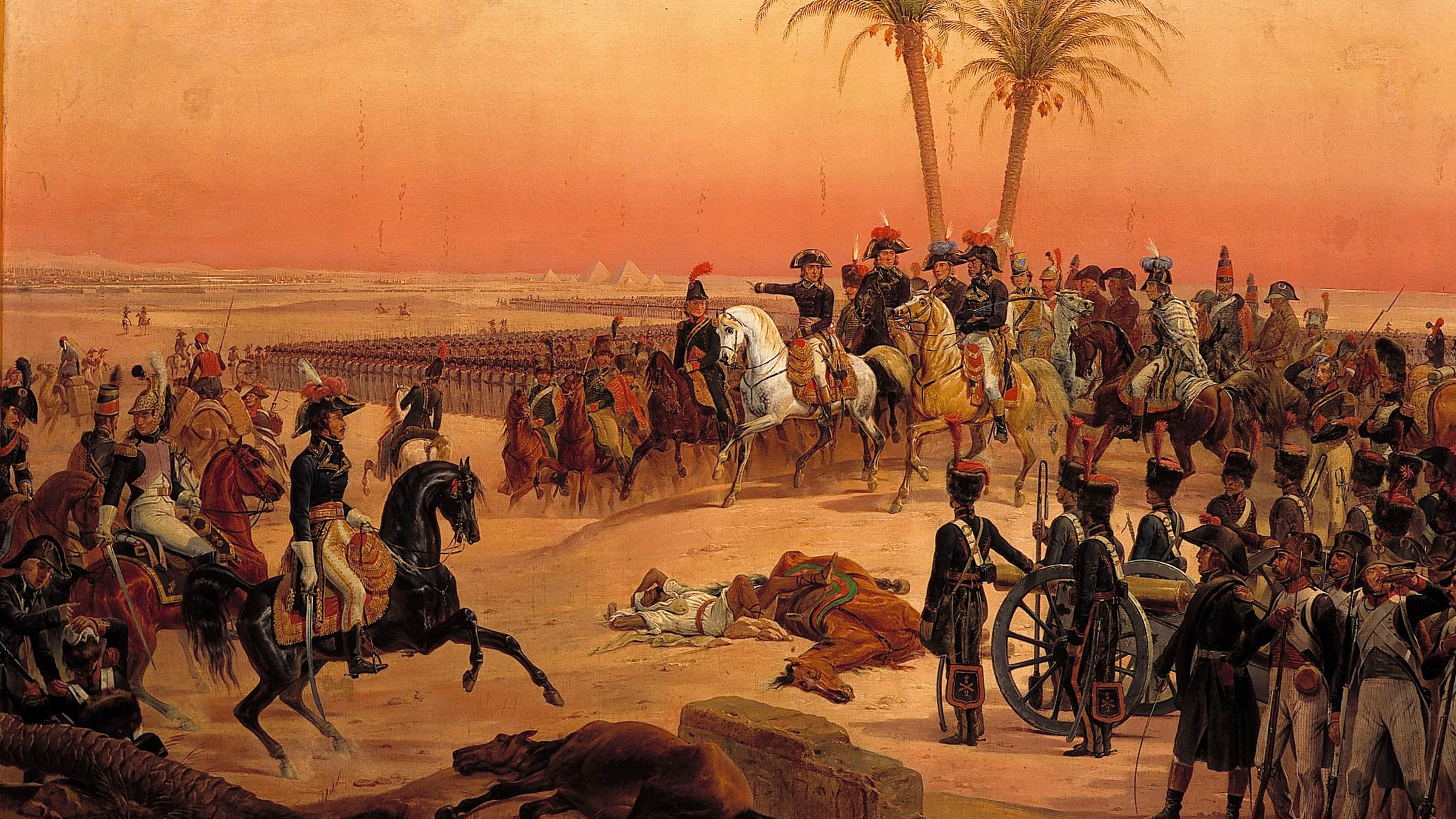Concert
November 14, 2014 / 20:00
Founded by Pawel Romanczuk in 2006, Małe Instrumenty (Small Instruments) are a band exploring new sounds using a wide array of small instruments. The instruments used in their sonic experiments feature an ever expanding array of professional instruments, sound toys made for children or naive in nature, strange musical inventions as well as a whole array of small items that aren't really instruments but do make a sound.
In addition, Małe Instrumenty will give a music workshop called Small Instruments on Saturday 15th November.
Held on a Long Friday at Pera Cafe, the concert is free of admissions. Space is limited, drop in.
Concerts are presented on the occasion of the 600th anniversary of Poland-Turkey diplomatic relations.

Temporary Exhibition
The exhibition highlighted the orientalist trend in Polish painting, as well as drawings and graphic arts. The works in the exhibition covered a wide period from the 17th to the early 19th centuries.
Click for more information about the exhibition.

Tuesday - Saturday 10:00 - 19:00
Friday 10:00 - 22:00
Sunday 12:00 - 18:00
The museum is closed on Mondays.
On Wednesdays, the students can
visit the museum free of admission.
Full ticket: 300 TL
Discounted: 150 TL
Groups: 200 TL (minimum 10 people)